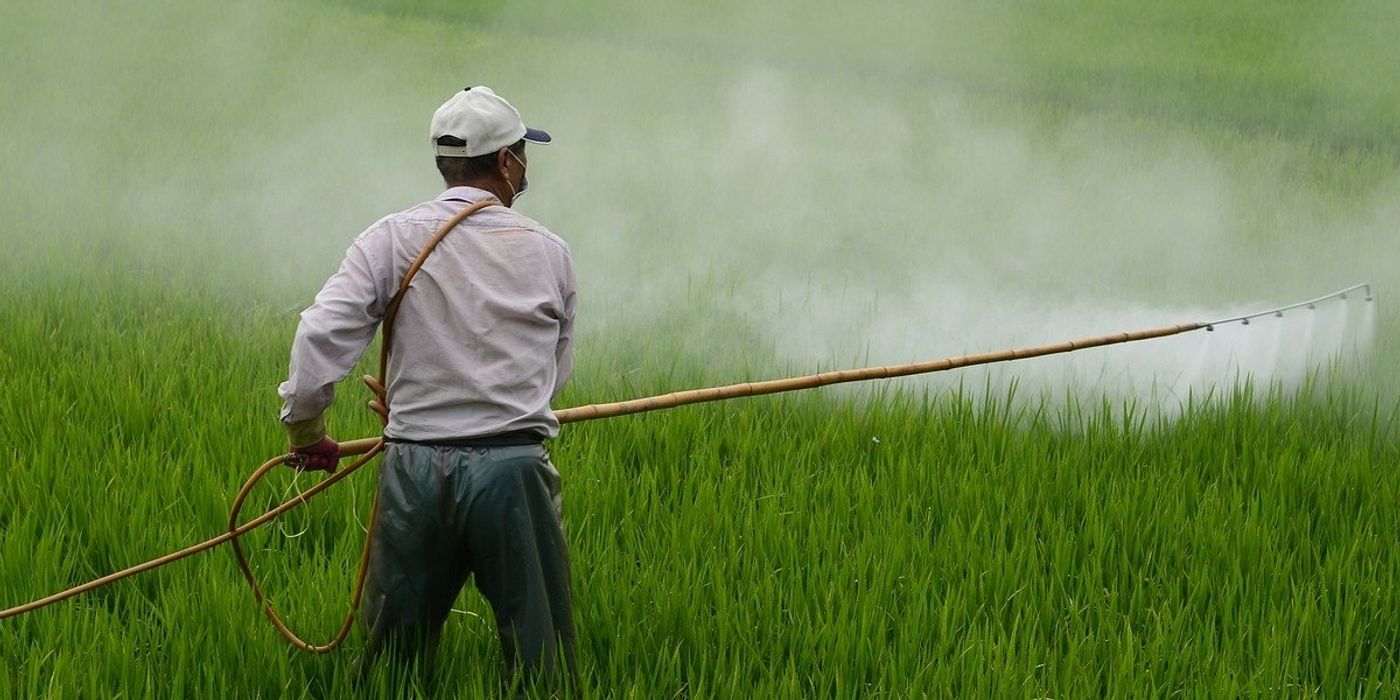Resistant Weeds Killer Risks Water Contamination
It's a story that sounds way too familiar: scientists find a chemical to kill weeds and increase crop production, the chemical pollutes the environment and causes health concerns. Chemists go back to the drawing board and develop a new compound, but the product boomerangs with new problems.
Isoxaflutole is a highly selective herbicide that was developed to fight resistant weeds on maize farms. The compound competitively inhibits an enzyme called 4-hydroxyphenylpyruvate dioxygenase (HPPD), stripping the targeted plants off their ability to make carotenoids. (These organic pigment molecules are essential for absorbing light energy in photosynthesis and providing photoprotection.) The bleaching effect of isoxaflutole-containing herbicides suppresses the growth of weeds and eventually kill them off.
Like many herbicides, isoxaflutole has its own caveat. The EPA-categorized "probable carcinogen", as well as its breakdown products isoxaflutole diketonitrile and isoxaflutole benzoic acid, appear to be good at finding their way to groundwater and then major water bodies.
A 2004 US Geological Survey report revealed that isoxaflutole and its degradation products were found in ten major rivers in Iowa, despite the compound's rare usage in the state farming practice. Its persistent environmental presence is compared to atrazine, a controversial herbicide that is notorious for contaminating groundwater.
Popular Weed Killer Stirs Health, Environmental Concerns (VOA News)
Against the warning from many environmental organizations, the US Environmental Protection Agency gave the official approval for the use of isoxaflutole on new varieties of soybeans this April, broadening its traditional field of application. Since these genetically modified crops cannot be affected by the herbicide, as long as the use of isoxaflutole was restricted to areas that have little access to groundwater, everything would be a-okay, or so it seems.
Many are concerned that widening the use of the HPPD-inhibiting herbicide, which is toxic to non-engineered plants, mammals, and other components in the ecosystem, will quickly add to the environmental burden in regions that are already polluted by other agricultural chemicals.
Aside from its ecological impact, some in the farming community also cast doubts on the longevity of isoxaflutole as a herbicide, due to the increasing presence of multi-resistant weeds that can survive over many different herbicides. The continuous push for applying new compounds turns the battle against weeds (and pests) into a vicious cycle, just like the one between medical antibiotics and bacteria. Others suggest adopting non-herbicidal approaches could be a better alternative, eliminating the risk of contaminations and stopping the evolution of resistant strains.
Source: C&EN









